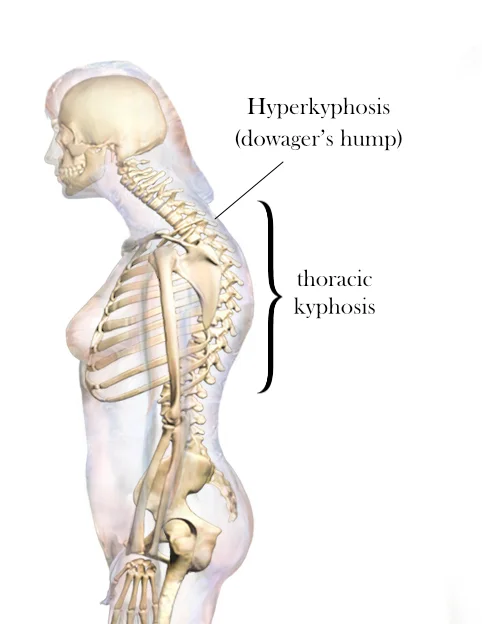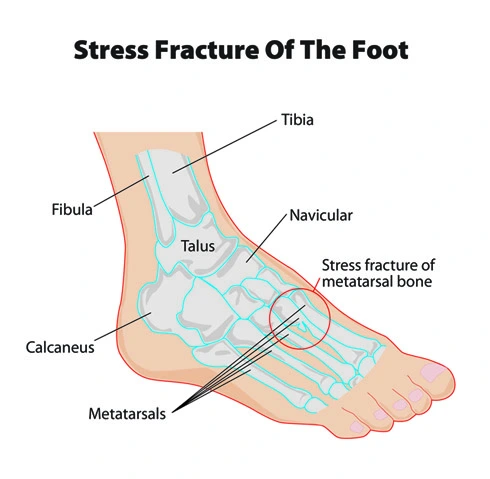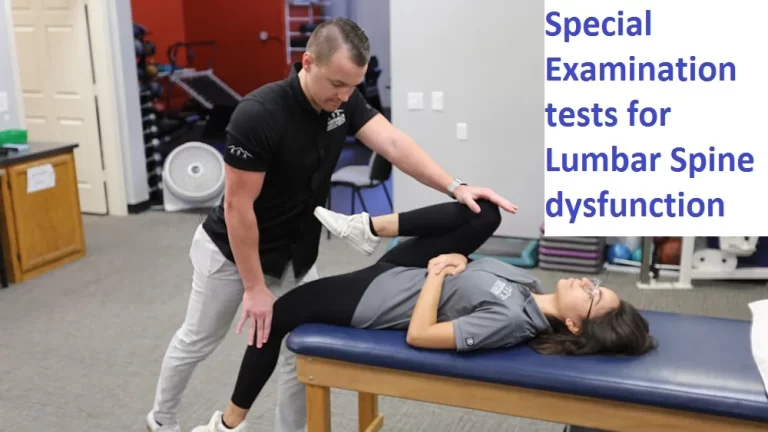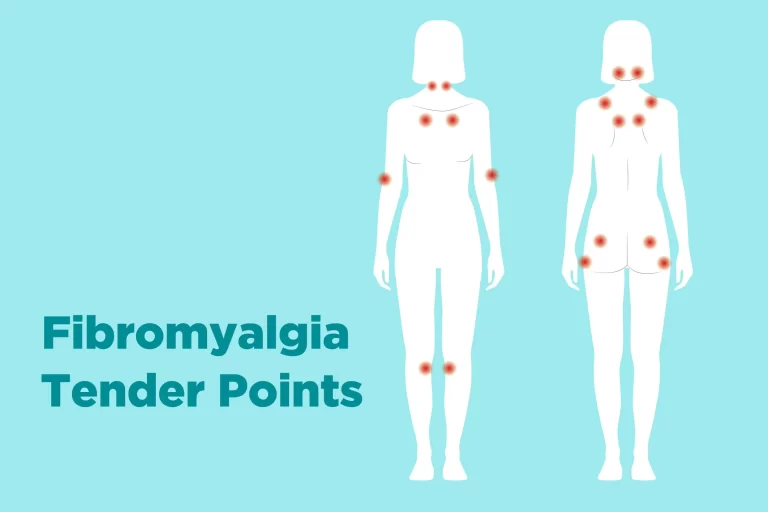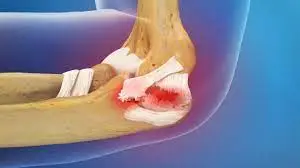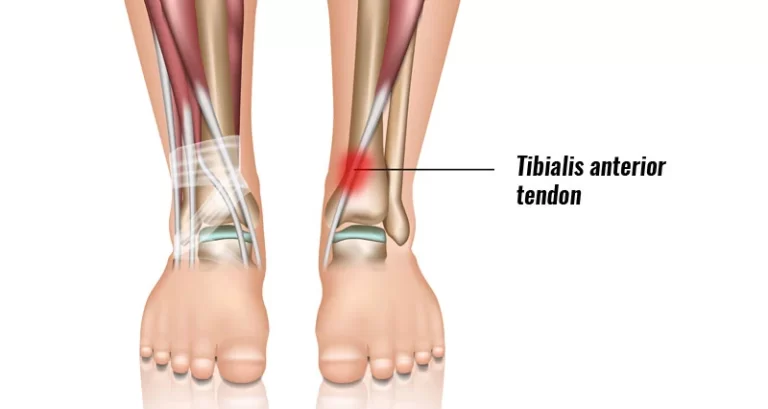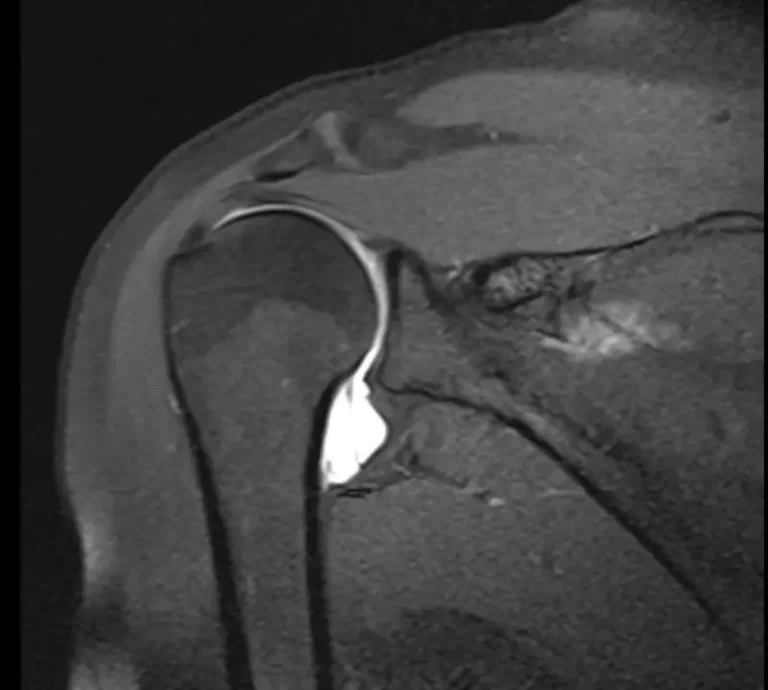Dowager’s Hump
Table of Contents
What is Dowager’s hump?
Dowager’s hump or hyperkyphosis is described as an excessive curvature of the spine. this commonly happens in the thoracic or chest curve of the spinal column. frequently it is also commonly called kyphosis, which is a forward curvature of the spine. The thoracic spine has a natural curve. If you look at a 3-D model of the spine, you’ll observe that it has a convex curve in the chest region.
This is due to the natural form of the spinal bones and the discs between them. At 40 degrees of curvature, the spine is considered healthy as it descends in the 95th percentile of spine measurements in young adults. Curvatures of over 40 degrees are deemed problematic and be able to make a small hump at the back of the neck.
Have you detected a slight hump on the back of the neck?
With the right exercises, habits, and posture correction you can totally eliminate it. From childhood till the age of 30, the angle of the spine changes because of the enhanced weight on it – from 20 degrees to 29 degrees. following you turn forty, the angle quickly enhanced as the degenerative processes of aging begin.
Because osteoporosis (weakening of the bones) is more frequent in females, so is Dowager’s hump. With osteoporosis, you get weaker spinal bones, which results in a higher disposition towards Dowager’s hump.
Among men, the average curvature angle is approximately 44 degrees. In females, it may range from three degrees at age 55 to 52 degrees at age eighty. You will detect that people get shorter as they age. The average person loses about half an inch every decade because of the compression of the spine.
Measurement of Hyperkyphosis
The gold benchmark for measuring hyperkyphosis is an X-ray. These radiographs are the best device for orthopedic evaluation of the thoracic or chest kyphosis angle. If the person cannot stand, they may do a supine radiograph, but the lateral or sideways X-ray is better.
The kyphosis angle (or “Cobb’s angle”) is measured by pulling perpendicular lines on the radiograph. The line extends through the upper endplate of the vertebral body, where the thoracic curve begins at the T4 vertebrae and the lower endplate of the vertebral body at the ending of the thoracic curve at the T12 vertebrae.
Causes of Dowager’s Hump
Dowager’s hump has not received the type of scientific attention, osteoporosis, stroke, and cancer receive. Due to it’s believed the part of the normal “aging” process, it hasn’t been evaluated in great detail. As a consequence, the causes of Dowager’s hump haven’t been completely described. up till now, a few everyday causes for its incidence have been determined
Degenerative Disc Disease
In most individuals with Dowager’s hump, radiographic conclusions have revealed degenerative disc disease. The prevalence of older adults who have Dowager’s hump tends to have degenerative disc disease, with no proof of vertebral fractures or osteoporosis.
Vertebral Fractures
As the number of vertebral fractures is enhanced, kyphosis becomes more prominent. This involves more thoracic or higher vertebral fractures than lower or lumbar fractures. Females who have numerous anterior thoracic wedge fractures have very pronounced kyphosis. If you’ve had vertebral fractures in history, you are at risk of developing Dowager’s hump. Vertebral fracture
If you have Osteoporosis the day-to-day stress on the spine can cause it to create compression fractures and vertebral wedges. Osteoporosis is a condition where the bones soften and become weak, because of a lack of dietary calcium and vitamin D. With time, as the number of wedges enhances, the density of the bone mineral decreases. This results in a more compression fracture. This creates a vicious circle that enhanced the likelihood of getting hyperkyphosis.
Weak Muscles
Weak spinal extensor muscles are linked with Dowager’s Hump, according to studies. We have big back muscles holding up the spine. In post-menopausal females in good health, the weaker the spinal muscles, the more elevated the kyphosis angle. Exercise can reinforce the spinal muscles and thus hold the spine straight. This will assist in maintaining the natural curvature of the spine. If you consider only the spinal muscles can impact the spine, think again. In reality, posture is impacted by several muscles of the body.
Impaired Mobility
Age affects numerous contributing ligaments, joints, muscles, and connective tissues, all of which impact posture. How they may donate to kyphosis is not however recognized. However, with decreased spinal mobility, the ability to maintain a good posture and stand erect is decreased.
Genetics
Birth defects can one of the reasons for kyphosis. If you were born with spinal faults, it can cause you to have a kyphotic spine afterward in life. For example Scheuermann’s disease or Scheuermann’s kyphosis. Usually found in boys, it can cause kyphosis. Here, the curvature increase happens previous to the pubertal growth spurt taking place and can severely affect the spine.
Symptoms of Dowager’s Hump
Physical and Functional Symptoms
Extreme hyperkyphosis is able to extremely affect your physical and functional restrictions. Females who have an extreme Dowager’s hump have difficulty simply raising themselves from a chair. You will also have an altered balance, and slower gait, need a broader stance to support yourself, and cannot climb stairs rapidly. As a consequence, you might be more predisposed to fall. Osteoporotic women lean to have a more increased postural sway which also counts toward their risk for falls.
If you have Dowager’s hump, then your general level of functioning is impacted. You have a problem with doing essential activities around the home and their scores when it comes to activities of daily living are much lower in contrast to their healthy peers. If you’re developing Dowager’s hump, you might also detect the following symptoms:
- Muscles fatigue easily
- Gradual postural changes
- Chronic pain in the back, neck, and shoulders regio
- Muscles fatigue easily
- Gradual postural changes
- Chronic pain in the back, neck, and shoulders region
- Loss in height
- Multiple vertebral compression fractures
- Protruding abdomen
- Repeated falls
- Back stiffness
- Pain in the hips region
- No sensation in the chest region
- Loss in height
- Multiple vertebral compression fractures
- Protruding abdomen
- Repeated falls
- Pain in the hips region
- No sensation in the chest region
Respiratory Symptoms
If you have Dowager’s hump, you may experience trouble breathing. The added kyphosis puts pressure on the lungs, affecting their expansion and thus breathing. Breathing exercises and focusing on strengthening spinal muscles be able to facilitate you to breathe fuller.
Digestive Symptoms
Extreme progression of the Dowager’s hump is able to compress your digestive tract. As a consequence, you may have trouble swallowing.
Psychological Symptoms
Dowager’s hump is disfiguring. Since most people don’t understand how it happens and that it’s a part of natural aging, you may have to suffer labels for example “hunch-back” etc. All of this may psychologically affect you. In younger adults, it can result in shame, aggression, and anxiety. Older individuals may feel isolated socially, and they can even feel depressed.
Quality of Life
With limited mobility and physical deformity, some females report physical difficulties with everyday living. If you’re a female with Dowager’s hump, you might also require more adaptation and have higher fears about your ability to function. Overall, men and female who live with this condition, are less satisfied with their health, functioning, relationships, and economic conditions. As a consequence, you might limit your outside activities and general life, and this damages your quality of life and level of functioning. Don’t let Dowager’s hump from living your most suitable life. Have yourself diagnosed and then treated.
Diagnosing Dowager’s Hump
Apart from X-rays, your doctor may recommend doing a CT scan, and an MRI may be optional. He will do this to evaluate your bones, the disc, and the disc space, and to rule out any tumors or secondary reasons for your clinical presentation. The doctor may also perform a detailed physical assessment.
Treatment of Dowager’s Hump
Medicine
There’s no remedy to fix the bent spine. Drugs like Analgesics and anesthetics are prescribed to keep your pain at an inlet. As you exercise, you’ll realize that with the stress reduced from the spine, the pain will relieve, and your requirement for pain remedies will weaken.
Spinal fusion Surgery
For individuals with hyperkyphosis, of more than 50 degrees, surgery may be warranted. If you’re also undergoing nervous systems deficits like pinching of the nerve roots as they occur from the spinal column or impairment to the spinal column itself, doctors may recommend surgery.
One of the most typical surgical procedures is spinal fusion surgery. It is fundamentally like a “welding” method where two vertebrae are fused, so they heal and move like a single solid bone. Fusion will take away some spinal flexibility. Nevertheless, since few bones are included, it doesn’t affect mobility and motion.
Avoiding Dowager’s Hump
Stop Smoking
Smoking is a risk factor for osteoporosis. The nicotine in tobacco slows down the production of bone cells. It also impacts the absorption of calcium. It promotes the presentation of cortisol, which accelerates the breakdown of bones. Investigations have revealed that one year after quitting smoking, bone density will enhance considerably.
Eat A Healthy Diet
A diet rich in calcium and vitamins will deliver a strong bone. Also, lay off the soda. Particularly colas. They contain an ingredient called phosphoric acid that impacts bone mineral density. Phosphoric acid tends to drain calcium from the bones. Additionally, caffeine has also been related to lower bone mineral density.
Cut Down Alcohol
Alcohol can also affect bones. It interrupts the absorption of vitamin D from the stomach, which in turn influences calcium absorption. Likewise, alcohol declines the production of estrogen and testosterone. Both these hormones donate to the capability to build bones and bone cells.
Stave off Osteoporosis
You can do this with a steady intake of calcium. The suggested daily absorption of calcium is 1,000 milligrams (mg) a day for females ages 50 and younger and males. In females over 50, 1,200 mg for females per day is a necessity. As we age, bone density decreases. It falls further without the bone-building effect of estrogen. Along with calcium, make sure you get 800 IU of Vitamin D, which assists in the absorption of calcium.
Exercise for Dowager’s Hump
Weight-bearing exercises and stretches are essential to remain flexible. They even assist to maintain stronger joints, ligaments, and connective tissue. Weight-bearing will also reinforce the bones.
In a randomized trial studying 60 post-menopausal females, the advantages of exercise were reinforced. The angle of kyphosis and strength of the back extensor muscles enhanced among females even with the most extreme kyphosis, involving those with significant weakness of the spinal extensor muscles, as scientists’ findings showed.
The female did 10 repetitions of face-down trunk extension exercises five times a week for a year during wearing a weighted backpack. Later a ten-year follow-up among these same females, the pace of vertebral fractures was much lower, even though the females had stopped the exercises in the intervening ten-year period.
You can progress to adding little weights to the backpack. Rather than a weighted backpack, you can employ handheld dumbbells and do the exact same exercise by bending your elbows flexed and holding your hands by your ears. Do three sets.
Correct Posture Early
While this may seem like foolish advice, few of us think of it intentionally. Square your shoulders and sit straight. Stand erect. Be mindful of your posture. Whether you’re carrying a backpack or having dinner, observe how you slump. Maintaining an upright posture needs the active involvement of numerous muscle groups from your back down to your hips.
Avoiding hearing Loss and Check your Vision
Since hearing and vision contribute to our posture, check them at every physical exam to confirm you have adequate vision and hearing. Treat any secondary disease that influences them such as diabetes, hypertension, and infections.
Do’s and Don’t in Dowager’s Hump
Do’s
- Keep a good posture while you exercise. Keep your spine neutral.
- Don’t slump through.
- Strengthen core stabilizing muscles for example your obliques and transversus abdominis muscles. These muscles deliver the counterbalance to your spine. They run diagonally and horizontally but uphold your spine stability.
- While coughing or sneezing, uphold the back in a neutral place. Try and keep the natural curves of the neck and back. Here’s how to do this: stretching of the neck, and imagine you are making the crown of your head extended.
- When you bend and lift heavy objects, bend at the hips and knees, holding the purpose close to your body.
- While you get off the bed, roll off your side, previous to sitting up.
Don’t’s
- Avoid using training machines that curl up the spine. This contains seated rowing machines.
- Avoid crunches and classic sit-ups. The goal is to extend the spine. Crunches and sit-ups tend to condense the spine, which is the final thing you want to do if you already have Dowager’s hump.
- It’s easy to ignore during routines of everyday life. Frequently, we do things automatically without thinking. Repeated movements of spine curling activity slowly impact the spine and its curvature.
- Prevent bending over and doing a pelvic tilt while standing.
- Avoid forceful trunk flexion as occurs during a cough.
- Don’t bend the spine while lifting the objects.
- Don’t sit up straight from a horizontal position.
- Don’t bend over to reach anything.
Dowager’s Hump Can Be Fixed?
Dowager’s Hump is NOT unavoidable. You won’t get it only due to your age. You get it when you become stagnant, inflexible, and stationery.
The current proof helps the use of exercise, sponsored bracing, and taping interventions. Used together, they can undoubtedly reduce hyperkyphosis. In turn, resulting in an improved quality of life and decreased risk of future fractures in both males and females.
Physiotherapy Treatment for Dowager’s Hump
Physiotherapy is the basis of the treatment of Dowager’s hump. If you take medications or get surgery, the muscles, joints, and bones that help and make up your spine need to be strengthened. Your treatment option will vary relying on the severity, but it will have to be supplemented with physiotherapy if it isn’t your primary treatment choice.
Exercises for treating Dowager’s hump
- Standing back curve
- 10 reps x 1 sets
- To begin with, you must enhance the strength of the spinal muscles, which in turn will enhance the flexibility of your spine. The following exercise is great for this objective.
- Lying glute stretch
- 30 sec. x 3-sec Postural correction
- You may also perform on fixing your posture. This may be accomplished while sitting or standing, with arms by the side or elevate behind the head. Stand in front of a mirror and imagine the lengthening through the crown of your head as you raise your chest. Try to maintain a neutral spine throughout the day. This will require conscious practice.
Bracing
In children, teenagers, and young adults, a brace be able to be worn for about two hours per day. This typically halts the progression of the kyphosis as the bones are still growing and be able to be molded to decrease spine curvature. A weighted spinal kyphosis orthosis is able to be worn by older adults, particularly when they’re moving. A brace also helps an upright posture, which helps lessen the number of falls.
Taping
Throughout any of your physiotherapy exercises, you be able to also use tape. You may use the therapeutic tape from the highest end of your shoulder joint diagonally across the trapezius muscle to the T6 vertebrae on both sides. This delivers passive assets to the spine. Taping via three respective static standing tasks that lasted 40 seconds established satisfactory results. It revealed they had decreased kyphosis tic angle about immediately after the task – compared with people who had sham taping or no taping at all.
FAQ
Spine-strengthening exercises and postural training, particularly extension and thoracic strengthening work with resistance, done regularly, may both prevent the development of Dowager’s Hump in its proverbial tracks, and even more encouraging, can invert the severity of it in almost all cases.
The neck hump also called as buffalo hump is caused because of fat build-up on the neck. It can be a cause of obesity, hereditary factors, or steroids. There can be other factors that might also cause or aggravate the neck hump. However, neck humps can be fixed through exercises and other therapies.
Unfortunately, diet and exercise changes are unlikely to enhance the appearance of your upper back once a buffalo hump has developed. The fat deposits have stiffened and can’t be removed without surgical interference.
It counts stress to your back and neck, making it difficult for your spine to keep its natural curve. Sleeping without a pillow can support your head flat. This may relieve some stress on your neck and promote more suitable alignment. But this doesn’t use to other sleeping positions.
Pull your knees up just toward your chest. The pillow for your head should support your spine straight. A rolled towel or little pillow beneath your waist can even assist keep your spine. Insert pillows into gaps between your body and the mattress.

